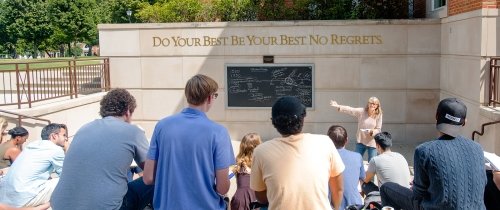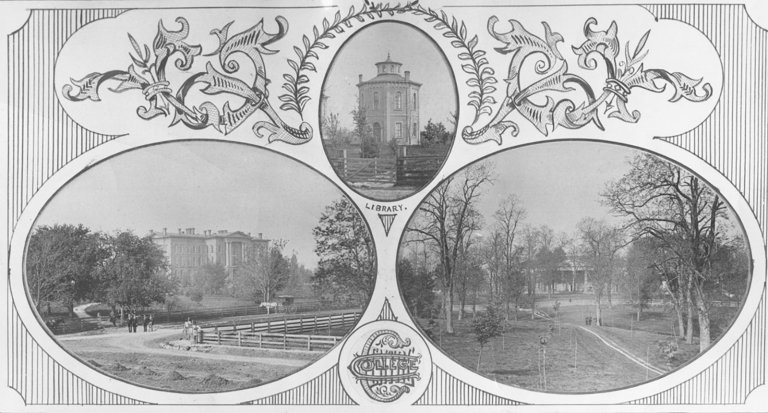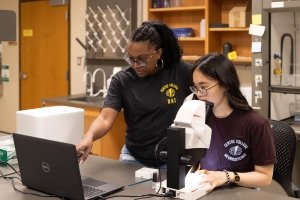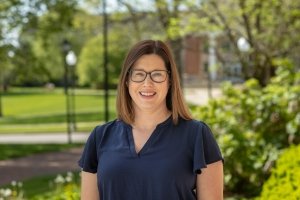Building on its 200-year tradition of academic excellence, Centre College entered its third century with a continued commitment to its foundational mission: to prepare students for lives of learning, leadership, and service. Consistently recognized among the nation’s top liberal arts colleges, Centre draws on its legacy of achievement and a forward-thinking vision to inspire an even brighter future.
Centre raised its national profile through a series of milestones that increased its reputation as a leader in higher education. In 2000, the College made history as the smallest institution ever to host a General Election debate when vice presidential candidates Sen. Joe Lieberman and Dick Cheney debated in the Norton Center for the Arts. CBS news anchor Dan Rather described it as “the best vice-presidential debate ever held.” Building on this success, Centre hosted another vice-presidential debate in 2012 between Vice President Joe Biden and Rep. Paul Ryan. Janet Brown, executive director of the Commission on Presidential Debates, remarked, “They aced it in 2000, and this year was even better.”
As part of Centre’s 2019 bicentennial celebration, the College initiated its "Third Century" campaign and surpassed an ambitious $200 million fundraising goal, strengthening its dedication to student success and fueling the completion of major campus updates and initiatives. In 2020, the College ushered in a new era of leadership as Milton C. Moreland was inaugurated as the College’s 20th president, upholding a commitment to lead Centre forward with a vision focused on innovation, inclusivity, and academic excellence.
As the College moves into its third century, Centre’s trajectory of achievement continues, with an increased focus on student access and opportunity. By 2024, the College enrolled approximately 1,400 students, with 25% identifying as students of color and an increasing number of students arriving from across the globe. Financial aid and scholarship efforts have grown — with 90% of students receiving some form of assistance — including new initiatives centered on first-generation student opportunity, and the innovative "Centre Promise" that guarantees financial need is met for all incoming students.
Reaffirming its focus on global engagement, Centre’s renowned international studies program delivers on the College’s global guarantee, with more than 85% of students participating in study abroad and away experiences. Additionally, Centre remains a top producer of Fulbright scholars, reflecting its dedication to global education. Recent additions to the curriculum, such as business and engineering majors, also demonstrate the College’s commitment to expanding academic opportunities.
As Centre looks to the future, its focus on thoughtful growth, modernization, and sustainability remains strong. The campus, now covering more than 200 acres, seamlessly blends historic architecture with forward-thinking facilities, reflecting a vision of excellence in academics, athletics, and student well-being. Key developments include the expansion of the College’s athletic fields and the 2024 dedication of Champions Hall, a groundbreaking athletic and wellness hub that features an Olympic-sized swimming pool, state-of-the-art fitness facilities, and innovative sustainability technologies to support the College’s environmental goals. Other campus enhancements include LEED-certified residence halls, like Brockman Residential Commons, Pearl Hall, and Northside Hall, all designed with a focus on sustainability and student well-being. Additionally, Centre has made significant upgrades to academic and student spaces on campus, such as the Roush Campus Center, Crounse Hall, Olin Hall, and Young Hall, reinforcing its ongoing efforts to elevate the academic experience and foster a dynamic, forward-looking community.





